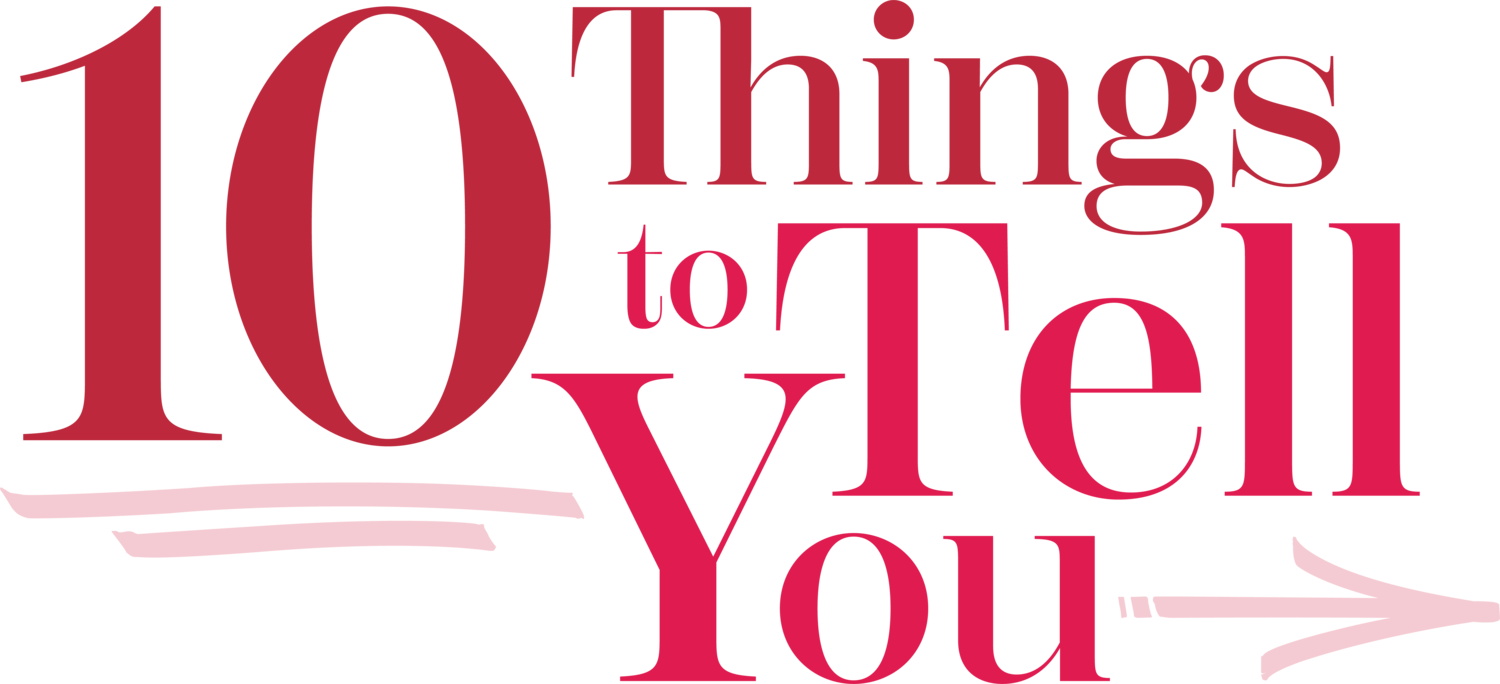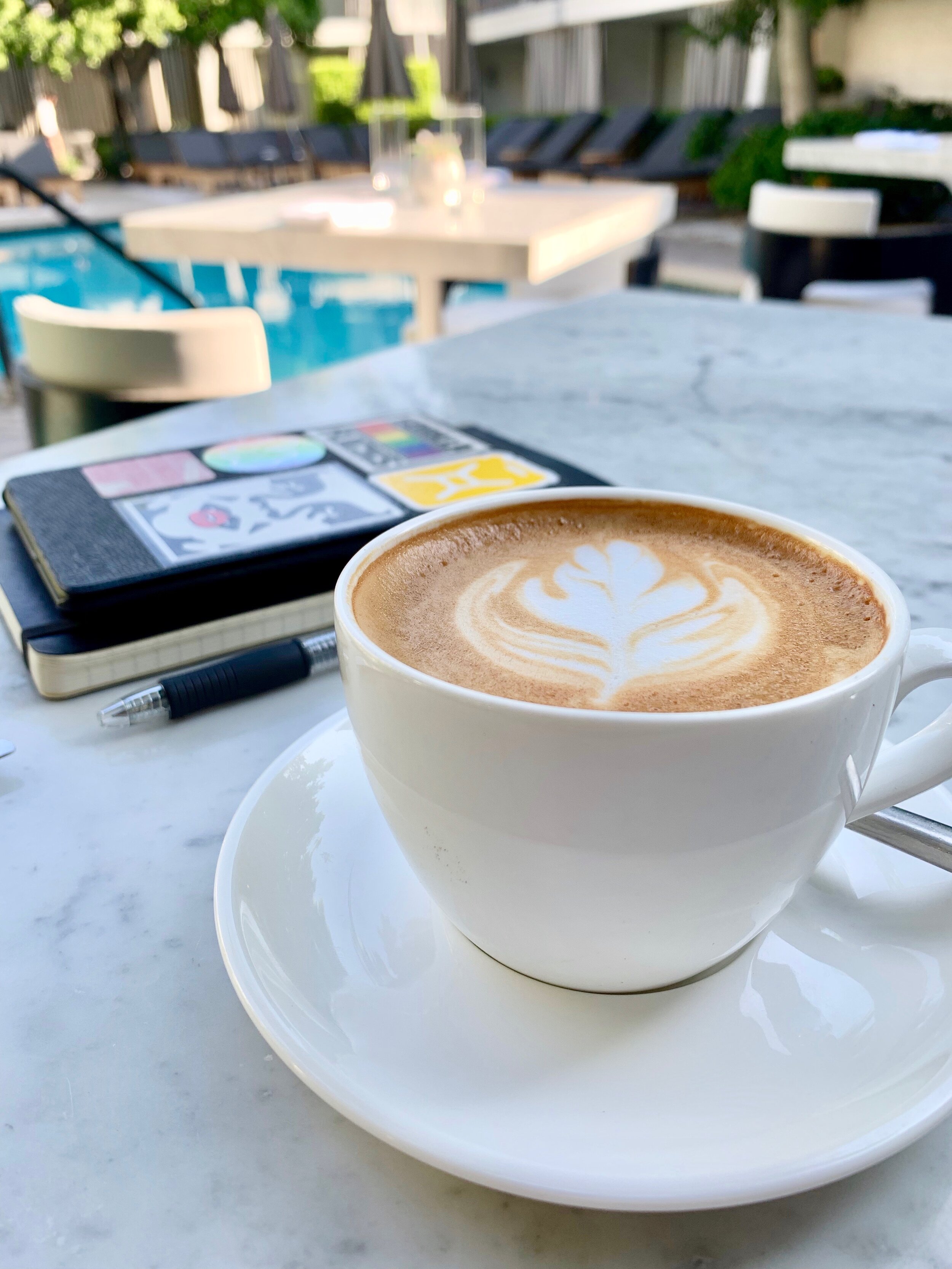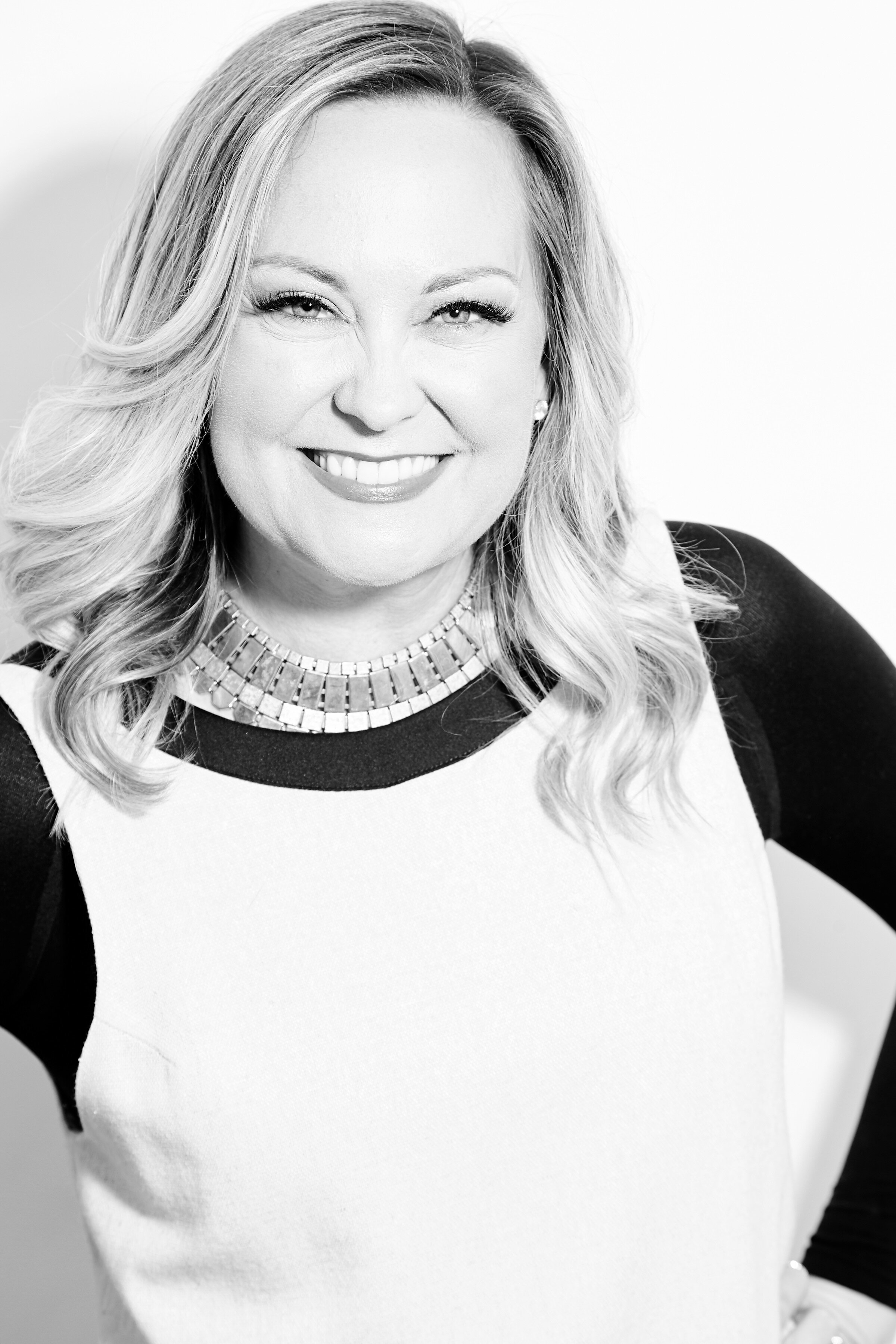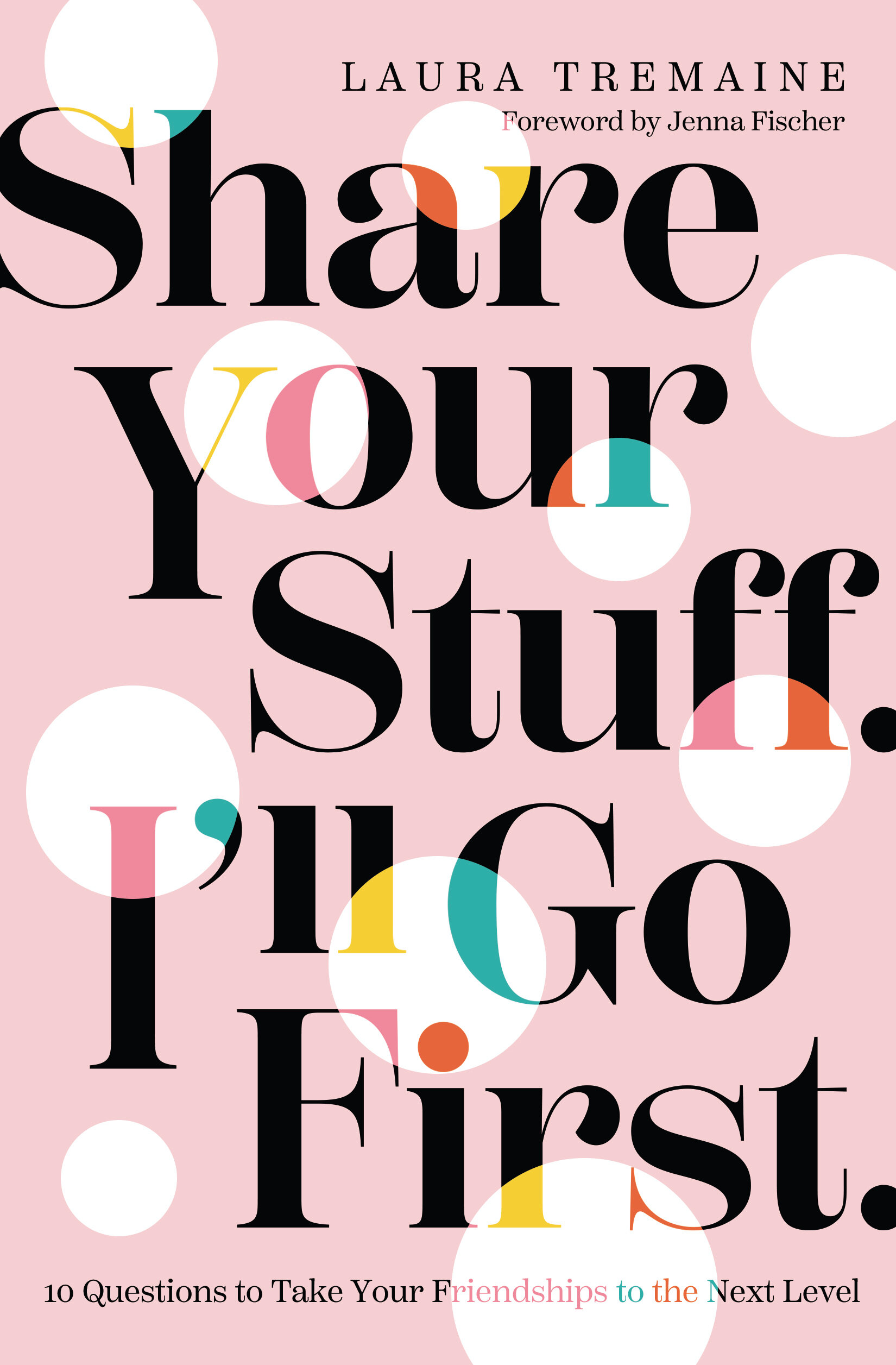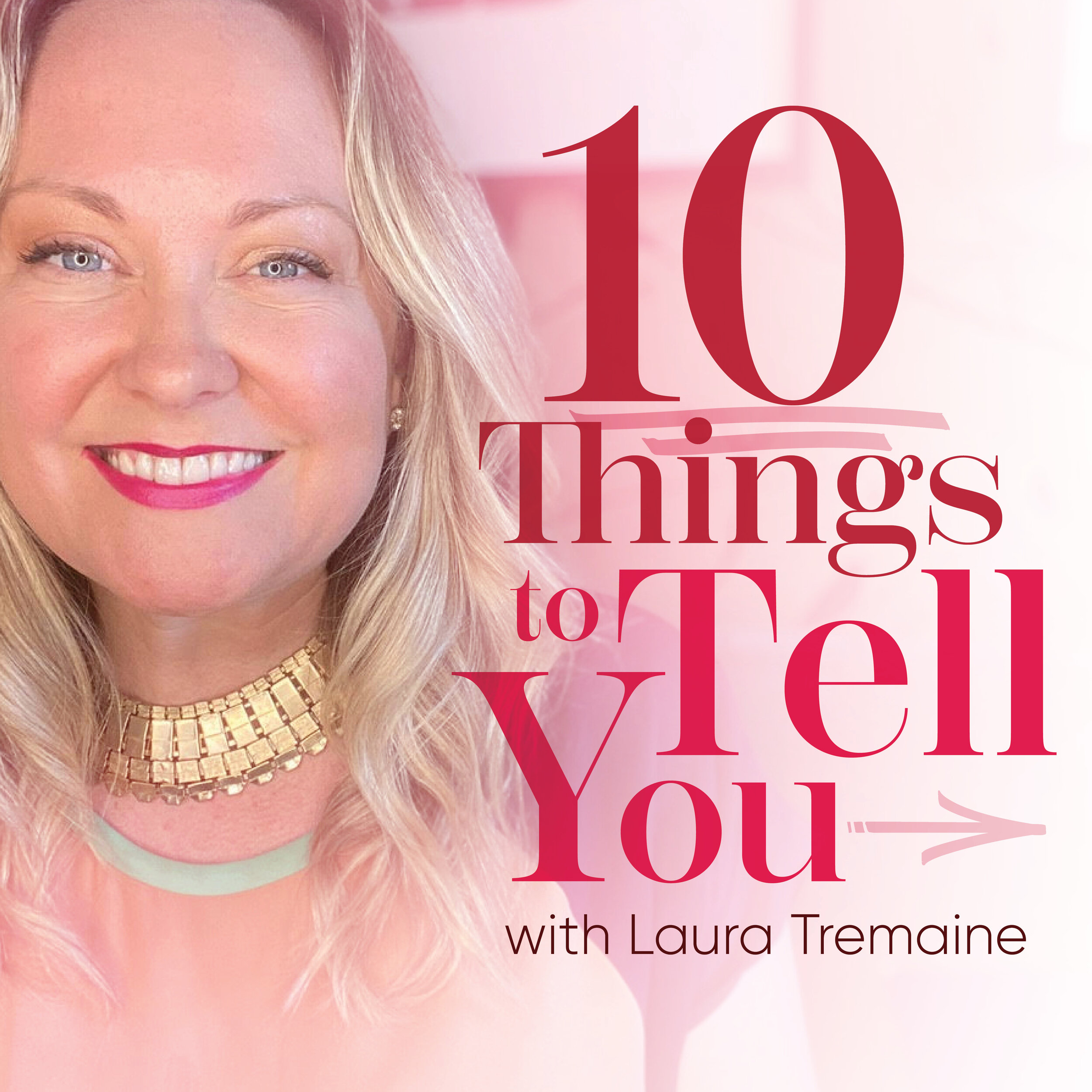Writing the first draft
/I’m writing my first book. I’ve never written a book before. So please know that as I detail my process here, it is not because I know what I am doing. I do not. It’s highly likely that I will look back on posts like this one and chuckle over my sweet naive self the same way I look back on my early parenting posts with nostalgia. But I want to document this first experience with writing a book for my own sake, and I want to share it because I’m always curious about how it works for other people.
Click here to read the first post in this series about getting the book deal.
I wish that I had started sharing this from the very beginning, but here we are. I turned in the first big draft of my manuscript to the editor a week and a half ago, and by the time I pressed SEND on that email I wasn’t even sure if the thing made sense anymore. It was like when you stare at a word for too long and then you start to wonder if it’s spelled wrong or if it’s even a word at all. My brain had gotten a bit lost in the delirium of writing 60,000+ words (mostly) ABOUT MYSELF.
I’m not going to get too much into the content of the book here, but suffice it to say that it’s similar in tone and message to the 10 Things To Tell You podcast. This also means that the chapters are pretty much stand-alone and I could write them in any order knowing that it will puzzle-piece together at the end. Like a book of essays (or an album, maybe?) where you can decide the pace and order down the road. But from my work on the book proposal, I did have the chapter topics (and and outline of their contents) laid out as I got started. I put a ton of thought into this part back in the spring when I was figuring out the book for the proposal, and one of the biggest lessons I’ve taken away from writing long form is to outline, outline, outline. I can take all kinds of tangents in my rough draft and maybe a gem will come out of those excess words, but to have a road map is to have a lifeline. (PS - I read this book about outlining. It’s meant for fiction, but it was useful to me for nonfiction as well.)
To figure my original outline (which is to say, the content of the book), I took the advice I’d seen from many nonfiction authors (but most notably Emily P. Freeman because I happened to be with her not long before I tried this exercise) and bought a stack of 3x5 notecards and a sharpie. On each card I wrote an idea or a point or a phrase that I wanted to expound upon. When I had quite a stack of these, I started to arrange them into natural groupings. For what I’m trying to do, this wasn’t that hard. I harp on the same types of messages over and over again, and some thoughts obviously flow into one another. There were a few errant ideas that didn’t seem to go with anything else, and I kept those to the side in their own little pile.
This method seemed a little rudimentary when I started, but it was so helpful. It was a relief to see all of these things bouncing around in my head (or digitally on some sort of a document) on the tangible notecards that I could move around and really see how they fit and where. I was really liberal with my various ideas and thoughts on the notecards and didn’t overly self-edit. When I put them in groupings it was fairly easy to see which of those just didn’t work at all, or make surprising connections between two thoughts or stories that I hadn’t thought of until they were on the floor with me.
Working with the notecards for a couple of days is how I built the outline for the book that would end up in the book proposal. (Some things changed as I ended up getting deeper into the writing process, but we’ll get to that later.) So after my contract was completed and I was ready to start working on the book in the early fall, it was this outline that I started with, and a fairly similar version of this outline is what has carried me all the way through.
VOMIT DRAFTS
I hung on every word of Anne Lamott’s book Bird by Bird when she advises to get the shitty first draft down on paper first and then work with it. This doesn’t come completely easy to me. That’s not how I write blog posts or emails or anything. For the things I do daily, I am an edit-as-you-go person. But for the book, there was so much I wanted to say and I didn’t want to overthink it. The feedback I’ve occasionally gotten from professionals is that my writing can feel overly restrained, and I knew this was a danger for the vulnerable stories I wanted to write for the book. So I gave myself full permission to do total vomit drafts, where I worked off the outline but I also just wrote freely, taking some crazy tangents and saying stuff I knew I would probably edit out later. As I went, I could tell that the writing itself wasn’t exactly stellar, but what I was trying to say had more feeling behind it. I didn’t try to be perfect or sound smart, I just told the story like we were chatting. It was so freeing to write this way and made me wish I hadn’t been so overly critical to myself in the past.
My personal goal was to have vomit drafts of every chapter by the end of the year, and then spend January and the first half of February editing. This felt like a good amount of cushion. What I definitely did NOT want to do was to be writing first drafts right up until my manuscript deadline. I knew that I just didn’t have the skill level for that.
Side note about skill level and schedule: I was going to be working with a freelance editor outside of my editor with the publisher. In my mind, this looked like me turning in chapter by chapter and having someone hold my hand before I got too far into the process. What I did not want to happen was to try and write a book for the first time and hand over a 250 page lump of coal. This was my greatest fear. But people who know about these things better than I do advised me that I should write the thing on my own and then turn it into the freelance editor (exactly what I didn’t want to do) to help shape and make it better. That’s it’s easier to work with the whole thing and not piece by piece.
As it turns out, I’m so glad I listened to them and didn’t insist on doing it my hand-holding way. Because by writing all my vomit drafts alone, when I was about at the 3/4 mark, I really started to understand the book I was writing better. I could then go back and adjust the chapters I’d written previously to match (more of that detailed below), but they were right that I would figure it all out by DOING instead of by talking about it. I also feel very confident now that I wasn’t unduly influenced by an outside source.
LOCATION
I decided early on that I wanted to get out of my own space to write most of the book. I’ve been writing from home for ten years now, and this just felt like it deserved a different sort of energy. I was also going to be delving into some emotional territory and I didn’t think I could do those pages justice if was sitting in my same old space, with my same old To Do list, constantly interrupted by my same old (sweet) kids.
So my husband Jeff and I looked at the calendar in the fall and chose two different weeks that were light on activity, in order for me to take a few days away. I know this is a luxury and it’s definitely not necessary to do good work. And, spoiler alert, I’m actually not sure that I will do this again when I write another book. But with the work of writing a book ahead of me, this was my approach.
So for one week in September and another week in October, I drove out to Palm Springs for four days, Tuesday - Friday. The hotel rooms out in the desert are very reasonable during the week, and also with the kids at school and activities all day, the weekdays are easier on the solo parent. Palm Springs is a about two hours east of our home in Los Angeles, and I really loved the drives out on both of those trips. I listened to inspiring audio books (specifically this one and this one) and got my mind right for the task ahead.
I got a ton of work done on both of these trips. I went out there without huge expectations. In fact, the first trip was more of an experiment than anything. I was totally open if it didn’t work to be away from my family and in a weird bed. But those two trips were the perfect amount of productive for me (more so than what I tried later). I got tons of sleep and full days of unstructured time to sit and write and doodle and think. I turned off my phone and wifi and worked in two hour chunks, stopping for a snack or to take a walk. At night I would call or Vox friends to touch base with the world. (I was also in Palm Springs the first week when I binged Fleabag and cried my head off. So then I had to do a whole Bonus podcast episode about it.)
The next two trips I took to work on the book were to our family lake house. So the pros are that it is already paid for, unlike a hotel, and also I’m already comfortable there. The con is that since it’s my house, it has some of the same distractions of being home. There’s always an errand or improvement or some other kind of procrastination tool that I use to keep myself from writing, as opposed to the time in a hotel where there was nothing else to do except the work. I went to the lake house the week before Thanksgiving to work on vomit drafts, and then again two weeks in January when I was in the revising stage.
FOLDERS
Towards the end of the year, I had most of my main vomit drafts written. (8 out of 10 chapters, I think, plus an intro-type chapter.) I wrote the vomit drafts using the writing program Scrivener, but now that I was starting to think of the book as a whole, I was a little overwhelmed with the next step of revising. By chance, Skillshare came on in December as a sponsor of the podcast (use this link to get 2 months free) and I took a class on that platform from Mary Karr about writing memoir. One of the first thing she suggests is to break down your stories into folders (either by time or theme or whatever). Karr is speaking about getting started and getting your thoughts organized, and clearly I was further along in the process, but the folders tip made so much sense and immediately helped me make sense of the book as a bigger picture.
I bought enough folders for each chapter + the extras, and then I printed out each of my corresponding vomit drafts. Right away a few things shifted. Holding the print out copies of the chapters changed my relationship to the words. It was much easier for me to edit this way (especially to cut out whole paragraphs) from the printed page than it was for me to do this digitally. I was actually kind of shocked at how differently I saw my writing when it was printed out versus seeing it on the computer screen. It felt more objective and less personal to edit from the printed page. Huge lesson learned.
REVISING
So then I just started the long process of going through each vomit draft, one at a time, revising and editing and cutting and editing. I went through each chapter draft about three times, keeping a sticky note on the outside of the folder with the number of drafts that particular chapter was on. This took a long time. Weeks. But I enjoyed it more than the vomit writing stage, and with each draft I felt like I was getting closer and closer to unlocking the book as a whole.
And then one day it just happened. I was at the lake back in January and had the chapter folders spread out on the dining room table. I was about halfway through round 2 of revising, meaning some of the chapters were still in vomit draft state and some of them had been through the first revision. And I was sitting there sort of journaling and thinking and doodling on the page and then it was suddenly as if someone told me the answer to a riddle. Out of nowhere, the places where the book felt a little forced or confusing, I knew how to fix it. Everything made sense. (Okay, not everything. But it was a true light bulb moment. I got a lot of clarity in like half an hour.)
It was like when you can’t remember someone’s name but you can picture them perfectly and you know what they do, where they live, what they said that one time, but their name is on the tip of your tongue and you just cannot for the life of you remember it and then…BAM. You remember the name, the story can go on, that brain space is freed up. That’s how I felt about the light bulb moment. I knew what the book should feel like and what it was generally trying to say, but I wasn’t all the way there until I was halfway through revising the vomit drafts. And I don’t think I could have gotten there on my own. I think I had to go through writing and revising before I could finally see what I was trying to make.
TURNING IT IN
And so that was it for the first draft (which was really the third draft). I revised and revised and then I put it all together in one document to send to the editor (FINALLY!). In some ways writing all those words flowed more easily than I imagined, and in other ways I spent more hours staring at these chapters than I could have ever dreamed. I know I have a lengthy editing process to come….
